
The start of a speech is a zone of high audience interest and attention. Why? Because the audience is most curious at this early stage, and their minds are open and undistracted by competing information.
The most powerful way to make the most of that opening zone is with a “hook,” a short but attention-grabbing statement, story, or activity that performs two equally important jobs: 1) captures the audience’s interest quickly, and 2) directs their interest toward your main point.
Shera Carter Sackey, Ph.D., a public speaking coach, author, and professor of speech communication at San Jacinto College, in Houston, Texas, emphasizes the importance of valuing audience attention. “To speakers, attention is currency—it’s one of the most valuable things they can receive,” she explains. “Opening hooks grab and keep the audience’s attention, forging an immediate connection between the speaker and their audience.”
But not all hooks have the same impact or appropriateness. Let’s explore which hooks can be applied effectively by all speakers, which should be considered conditionally, and which should be avoided entirely.
Hooks That Work for Everyone
The good news is that speakers can use a wide range of hooks to excite, inspire, and engage their audiences. Below are three good-for-all-speakers hooks due to their creativity, compellingness, and usefulness in demonstrating points.

Relevant Stories
Telling a story may be the most effective way to grab the audience’s attention because humans react more to stories than to exposition, and narratives are ideal vehicles for exemplifying points.
“A personal story is a powerful hook because it creates an instant human connection,” said Joia Jefferson Nuri, public speaking coach, TEDx speaker, and founder of In the Public Eye Coaching. “It fosters trust and keeps your audience engaged because they see themselves in your experiences.”
But an opening story is only as valuable as its ability to illustrate or at least introduce your point, so immediately follow up your stories with lines like “This story illustrates …”, “This case study shows …”, and “This experience proves …”
Example: “When my sister Carla forgot to bring her purse to the grocery store, she thought she’d have to turn around and walk home. But then she realized that everything she needed, including her money, coupons, and loyalty card, was on her phone, thanks to her digital wallet. Her realization demonstrates how useful digital wallets have become.”
Startling Statements
Startling openings challenge understandings, pose unusual or counterintuitive actions, and make provocative statements that push an audience to think anew.
“You want your audience to be intrigued from the very first sentence,” says Julia Hector Douglas, president of Momenteam, a team and leadership development consultancy. “Captivate them with something that grabs their attention and makes them want to lean in and hear more.”
Compelling statements often use absolute terms like “best,” “worst,” “biggest,” smallest,” “everything,” “nothing,” “always,” and “never.”
“A surprising statement or counterintuitive fact shocks your audience into paying attention,” says Nuri. “It disrupts their expectations, piques their curiosity, and compels them to keep listening.”
Example: “What if I told you everything you’ve been taught about recycling is wrong?”
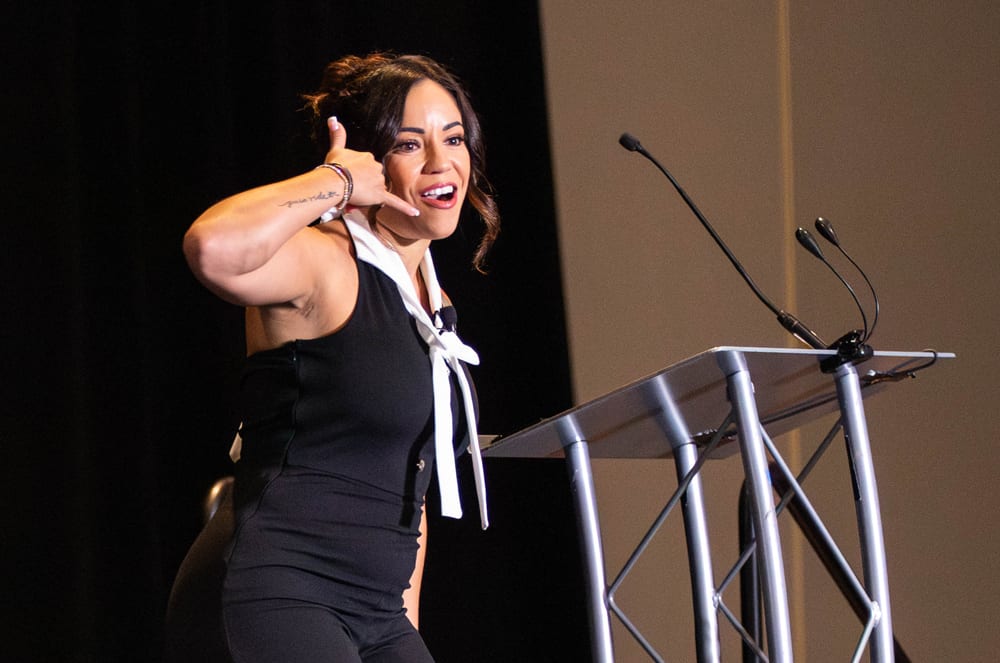
“Imagine a World” Depictions
These statements invite the audience to envision a more ideal reality or future. Visualizing this scenario for your audience can kickstart hope and optimism about your point even before you explain it.
“Imagine a world” hooks should be rosy, not gloomy because you don’t want to depress your audience early. Your primary role is to be the voice of solutions, not challenges.
Example: “Imagine a world where generative AI was as ubiquitous as the internet, and everybody—even those who hate writing—have the power to communicate clearly and efficiently.”
Hooks to Use Conditionally
Some hooks are effective only under certain circumstances or have inherent risks. That doesn’t mean you should avoid them entirely but proceed cautiously.
Audience Participation
Soliciting audience input is an easy and effective way to engage them quickly and relevantly. But keep in mind that the most effective audience participation hooks are not just fun icebreakers but intriguing activities that plant seeds of interest and inspire early thinking about your point.
Internationally recognized speech and communication expert Laurie Schloff, of The Speech Improvement Company, says one of her favorite interactive hooks is an audience poll, which benefits both the speaker and the audience.
“Conducting a short poll—like asking for a show of hands—can do more than just introduce your topic and engage the audience. It can also relax you and help your audience feel instantly included,” she explains.
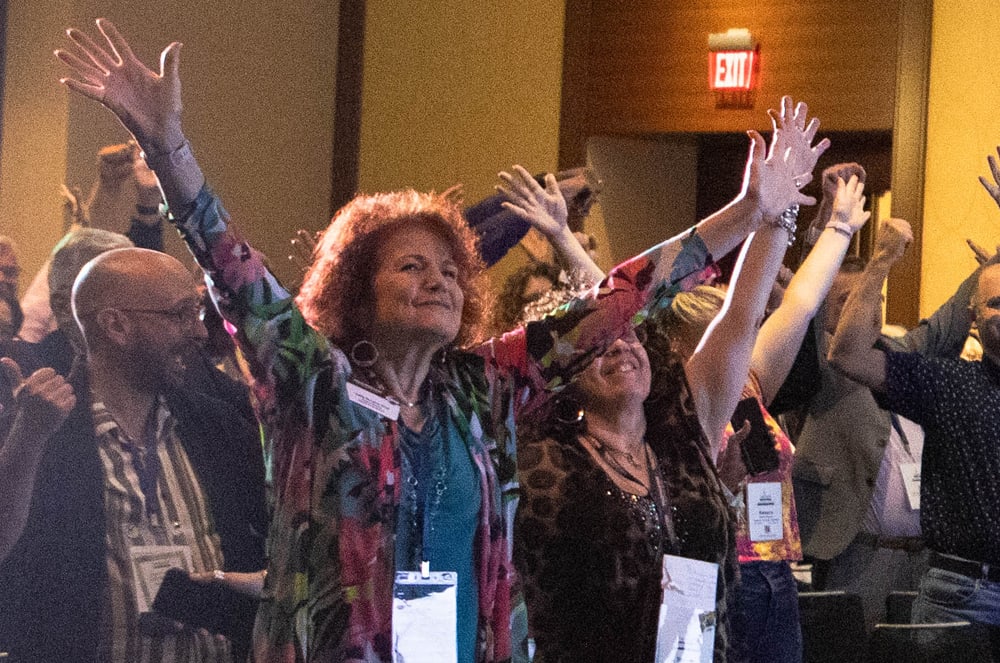
You can transition from poll results to your presentation’s point with lines like, “I see most of you believe X, but it might surprise you that Y …” or “Like most people, you believe X. Let’s explore why that holds true and how we can apply that learning to better ourselves.”
Keep in mind that the audience response you want and expect is not guaranteed. Audiences may vote in a way that contradicts your point or steers the conversation down time-consuming rabbit holes. They may not even respond to your invitation to contribute.
“When you pose a question or invite audience participation, you’re gambling on their response,” said Nuri. “If they react unexpectedly—whether they have new ideas or no ideas—that can create awkward moments and stall momentum.”
Bottom line: If you involve your audience, avoid open-ended questions and be prepared for any and all responses.
Example: The speaker holds up a newspaper and says, “Raise your hand if you think newspaper brands will inevitably become obsolete. I see that some of you do and some don’t—and maybe there’s some wishful or nostalgic thinking there. The truth is the final edition of this industry has yet to be printed. Let’s examine the purpose and usefulness of newspapers in modern society, which ones are succeeding and failing, and what newspaper journalism must do to evolve with its integrity intact.”
Relevant Jokes
If you don’t have a natural sense of humor, there’s a good chance that telling a joke will come across as inauthentic at best, and off-putting at worst—not an ideal way to start a presentation.

“Jokes can be counterproductive if the joke turns out to be offensive, the timing and setting are inappropriate, or no one laughs,” says Sackey, the communication professor. “The resulting awkwardness can affect the speaker’s confidence and make an audience anxious.”
Even if you’re naturally funny, remember that a joke is a fleeting piece of entertainment, whereas a story is a lasting and powerful illustration. Unless the joke is sure to inspire chuckles and is significantly connected to your point, opt for a story instead (and use your natural humor skills to make it funny).
Video or Audio Recordings
Starting with media elements can be impactful—but it’s also risky. You’ll probably need to contextualize the clip, which may eat up valuable time. You may also encounter technical or volume issues that can create a shaky start. Lastly, by directing attention away from yourself, you may lose a degree of stage presence and authority that you’ll need to regain.
“A great hook makes your audience feel something, which makes them want to do something.”
—Julia Hector DouglasHooks to Avoid
Avoid these hooks entirely, even if you see other speakers use them.
Your Qualifications
Opening with your titles and accomplishments only delays your job of expressing your point. In most cases, your bona fides will be established by a program or introducer. If not, the fact that you were an invited speaker already establishes credibility. Remember: Job number one is selling your point, not your prominence.
Cliché and Pointless Hook Prefaces
Audiences may perceive familiar openings, such as “The dictionary defines ...” and “In today’s world ...” as stale. They will be more energized by original introductions than trite ones, so prioritize clever over cliché.

“Too many speakers distract their audience from their key points by starting with preambles like ‘let me tell you a story,’” says Matt Abrahams, a lecturer at the Stanford Graduate School of Business, author of Think Faster, Talk Smarter, and 2025 Toastmasters Golden Gavel recipient. “Instead, start your story like the opening scene of an action movie—with movement and drama, not narration and credits.”
Famous Quotations
Starting with quotations—especially old and famous ones—is problematic because you’re effectively outsourcing your role as a speaker to someone else who doesn’t know you or your point.
Imagine starting a speech with this: “Mark Twain once said, ‘the secret of getting ahead is getting started.’”
Your audience is now visualizing Mark Twain, likely admiring his wit and pondering the meaning behind his quote. In other words, you’ve effectively begun your presentation by having your audience think about someone who passed away more than half a century ago and said something more pithy than directly pertinent.
That’s not a wise trade-off, especially with so many other compelling and point-focused options.
“Opening hooks grab and keep the audience’s attention, forging an immediate connection between the speaker and their audience.”
—Shera Carter Sackey, Ph.D.History Lessons
Remember the hypothetical speaker who asked the audience to raise their hands about the future of newspapers? One thing he knew not to do was begin with a history lesson. (“The first official printed newspapers appeared in Europe in the 1600s.”) He avoided this because his point is more about the intriguing present and future of newspapers than their well-documented past.
Though history lesson openings may have been popular in primary school English classes, these dull bits of exposition are powerless as hooks. That said, if a very relevant and surprising historical event ties brilliantly into your point, take Abrahams’ advice and tell it like it’s an action movie.
Anything Complicated, Confusing, or Longer Than a Minute
Because your audience’s attention span is short and you’ve got a lot of content to cover, an extended or complicated hook can easily sabotage your start.
“Long and meandering starts can divert your audience’s attention away from your presentation, and they may never return,” Abrahams warns.
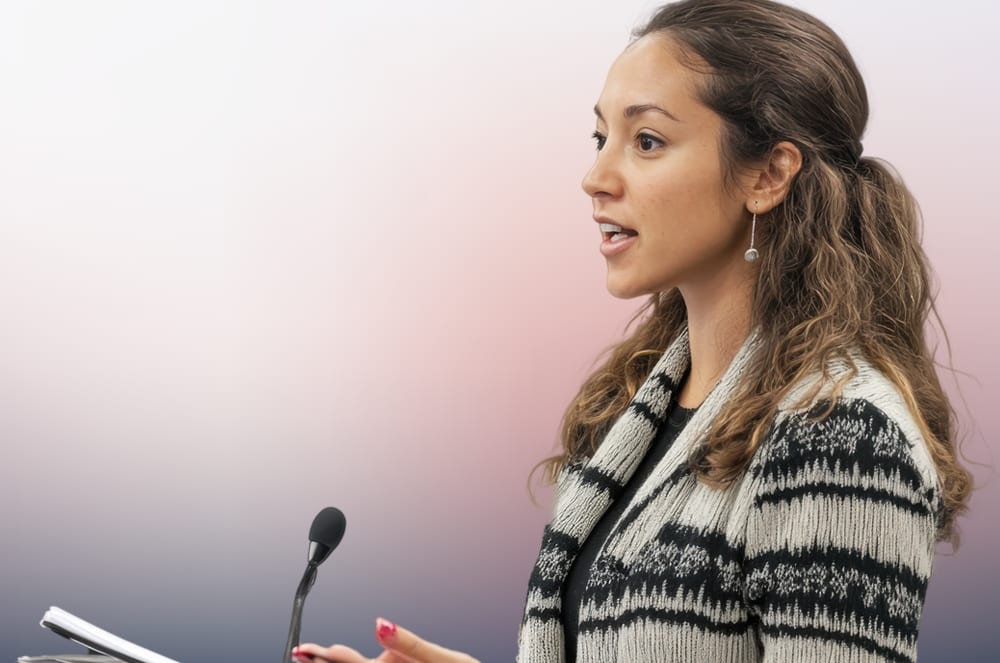
The Closing Word on Opening Hooks
Douglas sees the hook as a powerful lever to drive impact from the start. “A great hook makes your audience feel something, which makes them want to do something,” says the leadership development consultancy president.
A good hook is not about introducing your idea through context but amplifying it through captivation. If your hook is as fresh and relevant as it is riveting, you’ll have your audience’s attention in the palm of your hand when it matters most.
Joel Schwartzberg is a presentation coach, executive communication specialist, and author of The Language of Leadership: How to Engage and Inspire Your Team and Get to the Point! Sharpen, Simplify, and Sell Your Message. Follow him on LinkedIn.
Related Articles

Speechwriting
Maximize Your Speech’s Beginnings and Endings

Presentation Skills
Start Your Speech Strong!
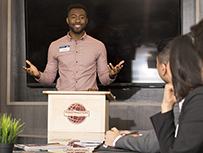
Presentation Skills

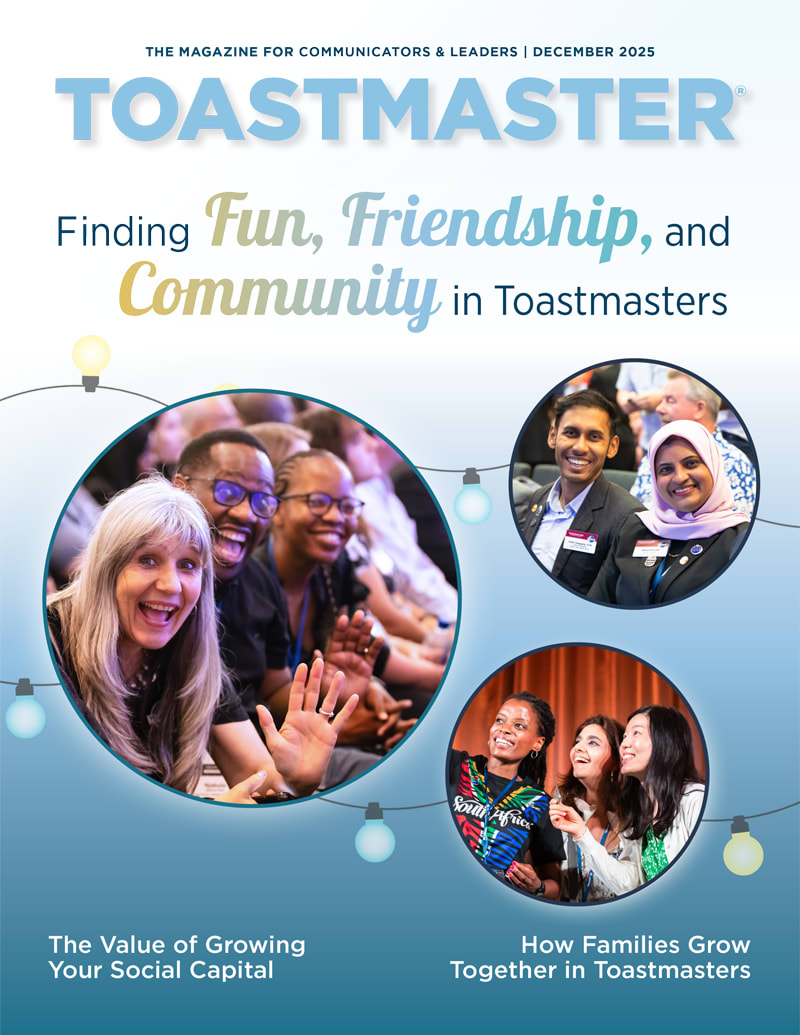

 Previous
Previous

 Previous Article
Previous Article